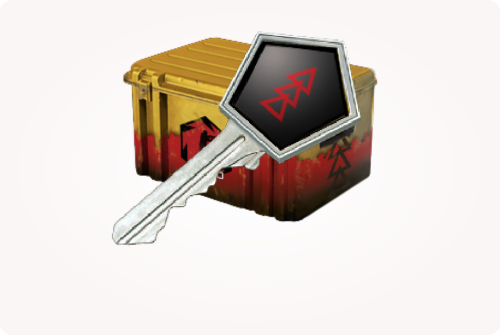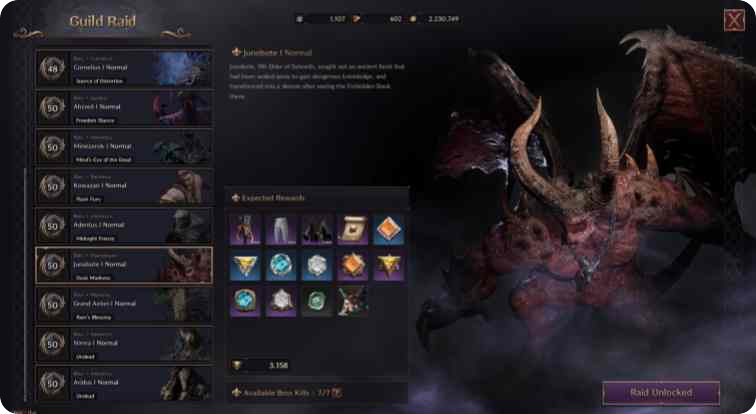Mastering Callouts on the Valorant Lotus Map
Diving into the world of Valorant, players face many challenges. Each map offers unique complexities. The introduction of the Lotus map has stirred the competitive scene. Strategists and tacticians are eager to unravel its mysteries. At the heart of this map lies the art of communication. Callouts on the map Valorant Lotus are key to unlocking its full potential.
Callouts on the map Valorant Lotus
The Lotus map, introduced in Episode 6 Act 1, takes players to the Western Ghats of India. This region is known for its dense jungles and rich architecture. The three-site map, similar to Haven, offers a fresh perspective on the game’s dynamics, with its intricate layout and multi-layered structures.
Unraveling the Map’s Secrets
To conquer any map in Valorant, understanding its layout is crucial. Specific callouts define each area. The Valorant Lotus Map Guide provides an in-depth look at the map’s structure. It offers players a comprehensive breakdown of each site and the corresponding callouts they need to master.

A Site
At the A site, players encounter a layout similar to Bind’s B site. Strategic points include A Top and A Drop. Agents like Brimstone can use smokes to control A Stairs, A Top, and A Drop, creating a strong defense. Rotating doors add a new dimension, allowing for innovative strategies and quick rotations.
B Site
The B site tests coordination and communication. Numerous angles for defenders include B Upper, C Link, and A Link. A well-orchestrated smoke strategy is required to gain control. Post-plant scenarios are critical, with agents like Cypher providing valuable intel and lockdown capabilities.
C Site
C site has fewer entry points, which may seem easier to defend. However, monitoring C Main and C Mound is essential. The Waterfall and Hall areas offer unique post-plant opportunities. Agents like Astra and Omen provide crucial intel and smoke cover.
Mastering the Callouts
Effectively communicating callouts on the map Valorant Lotus is paramount. Whether attacking or defending, knowing the exact terminology for each location is essential.
- Acronyms and Conciseness: Use acronyms and shorthand to convey information quickly.
- Clarity and Consistency: Ensure callouts are clear and used consistently.
- Situational Awareness: Use callouts to reflect the game’s current state, informing teammates of enemy positions and movements.
Strategies and Tips
- A Rush: Coordinate an aggressive push on the A site. Use smokes and utilities to control access points and establish a crossfire.
- B Push: In low-economy rounds, a quick push to the B site can catch opponents off guard. Communication and caution are key.
- Rotating Doors: Use the map’s unique rotating doors to your advantage. They can speed up rotations and create distractions.
The Human Element
While mastering callouts is crucial, don’t overlook the human element. Encourage team communication and foster a positive environment. Adapt to the game’s flow. These aspects are just as important as knowing the map layout.
Conclusion
The Valorant Lotus Map Guide is more than a strategic document. It highlights the depth and complexity of communication in competitive gaming. By mastering callouts on the map Valorant Lotus, players can enhance their teamwork, adaptability, and strategic prowess. These skills reflect the true spirit of Valorant.





















